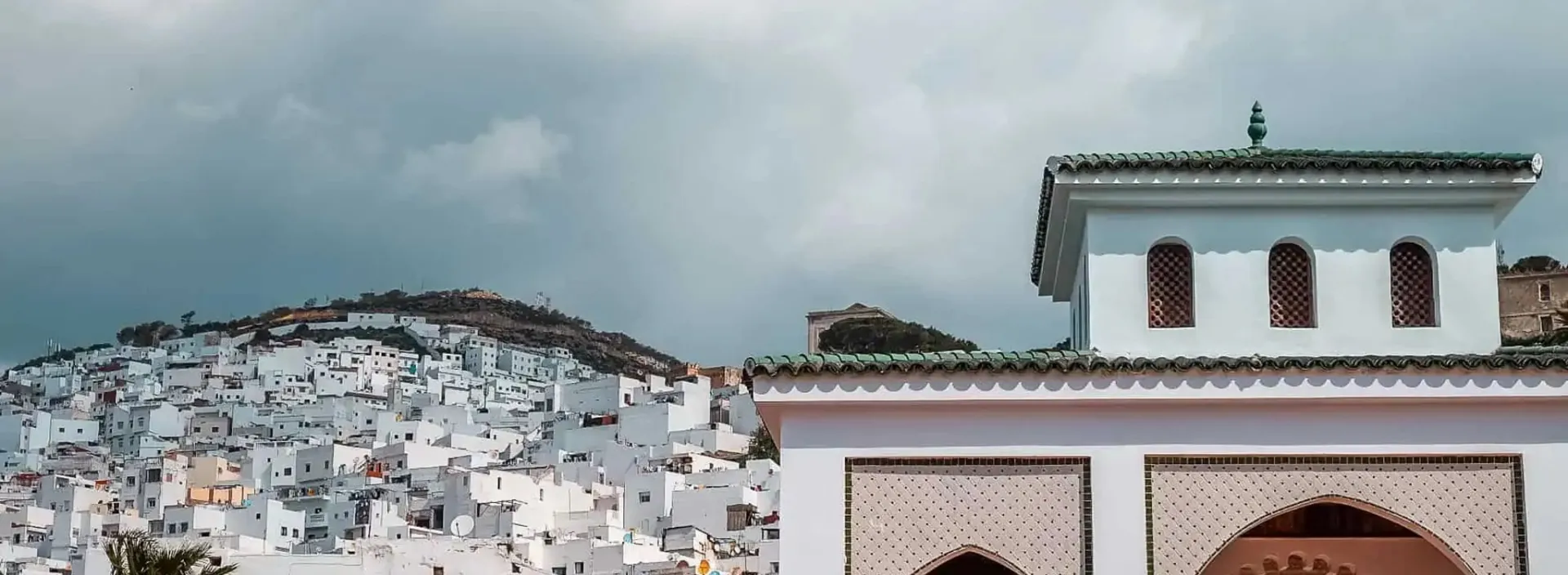OVERVIEW
While nature’s paintbrush blesses the dramatic Rif Mountains, nearby Tetouan is home to locals ensuring traditional Moroccan art thrives. Wander through narrow backstreets where whitewashed houses whisper of Andalusian history and fragrant herbs permeate the air. Here, master artisans shape wood and metals into exquisite handicrafts as they’ve done for centuries.
- 29/08/2024
- 10 minutes
Tetouan is a historic city located in the northern part of Morocco, rich in heritage and cultural significance. With a craft industry that dates back to the 15th century, it has been recognised as a UNESCO World Heritage Site since 1997, and later became the first Moroccan city to join the UNESCO Creative Cities Network. Created in 2004, this network aims to promote sustainable and inclusive urban development, with cultural industries leading the way.
The city is also home to a number of important historic sites, including the Royal Palace and the medina, or old town, and has dedicated neighbourhoods that have long housed artisans plying ancient trades that contribute to its local economy and identity.
CRAFTS OF TETOUAN
From ironwork to weaving, ceramics or wood carving, Tetouan is home to a myriad of diverse age-old traditional crafts. These are just a few of them:
Ceramics
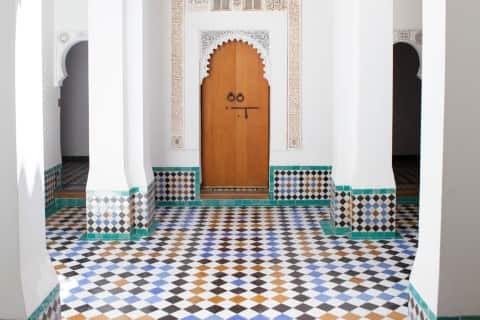
Moroccan zellige tiles are a type of decorative tile that has featured in the country’s architecture for over a thousand years. Its origins can be traced back to the 10th century, as these brightly coloured and irregularly shaped tiles line walls, floors and other surfaces of palaces, mosques and even modern homes, often in beautiful mosaics and patterns.
Each piece is delicately handmade by skilled artisans, who shape and glaze each piece individually, thus creating a charming effect where no two tiles are exactly the same.
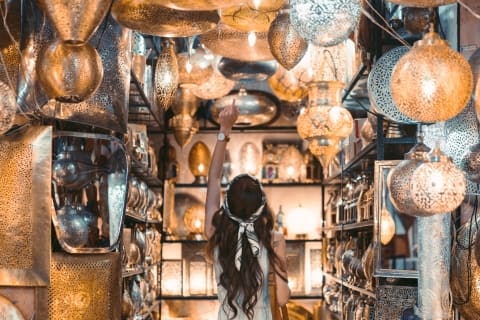
Ironwork
Moroccan wrought ironwork is another traditional art form celebrated in Tetouan. In the past, it was very present in elements of Moroccan architecture from doors to gates, to windows, and more.
These days, it is also found in decorative objects and furnishings such as sofas, living room benches, lamps, lanterns, candlesticks and wall mirrors.
Characterised by intricate designs and patterns which are often geometric and symmetrical, the pieces are often adorned with nature-inspired motifs and calligraphic inscriptions.
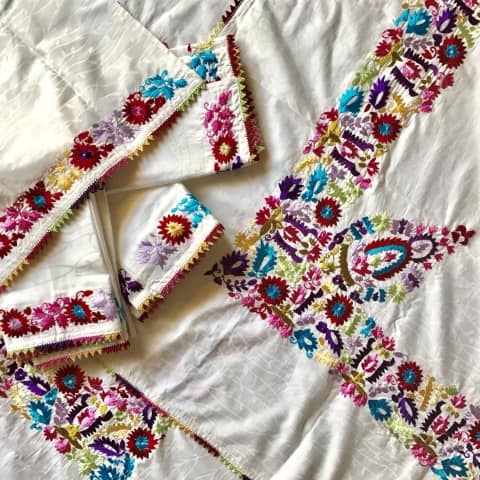
Embroidery
While embroidery is generally considered an ancestral art in Morocco, Tetouan claims a unique style of its own known as Taajira, influenced by its Arab-Andalusian heritage.
Set apart by its bold geometric designs and bright colours, it is traditionally used to decorate clothing worn by performers in the city’s famous street theatre shows of the same name.
Taajira is also traditionally practiced by women – a craft handed down from mother to daughter, and made with natural materials such as cotton or silk, as well as dyes from sustainable, non-toxic plant materials including henna, saffron, alfalfa, mint and pomegranate.
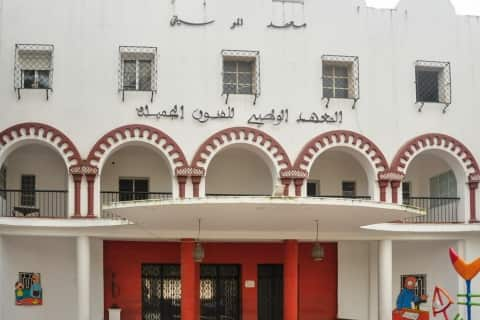
Taking craft into the future
To retain its precious past, Tetouan has big plans involving new infrastructure and sustainable, contemporary production methods.
In recent years, many local artisans have begun to use digital tools such as 3D printing and computer-aided design to create new and innovative products. This blending of traditional techniques with modern technology has helped to keep crafts relevant and appealing to younger generations.
Meanwhile, local institutions and initiatives also help preserve traditions and art forms. The School of National Arts and Crafts (Dar Sanaa) attracts international students to its workshops dedicated to ornament and wood staining, traditional carpentry and inlaid leather and wood, among others, while the National Institute of Fine Arts offers training in traditional and contemporary genres including textiles, ceramics, and metalwork, so young artists can continue existing traditions while exploring new avenues for creative expression.
The Tetouan Crafts Association was also established to promote and protect the city's traditional crafts. It provides support to local artisans, and works with the Moroccan National Tourist Office to organise guided tours of souks and workshops, as well as exhibitions and events showcasing local crafts, so visitors can get a taste of what the city has to offer.
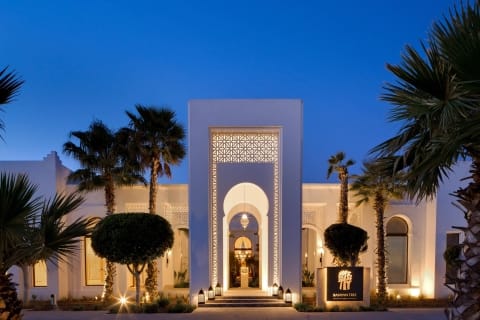
Discover the ancient techniques and crafts of Tetouan when you stay at Banyan Tree Tamouda Bay, surrounded by the natural beauty of the Rif Mountains and the Mediterranean Sea.
